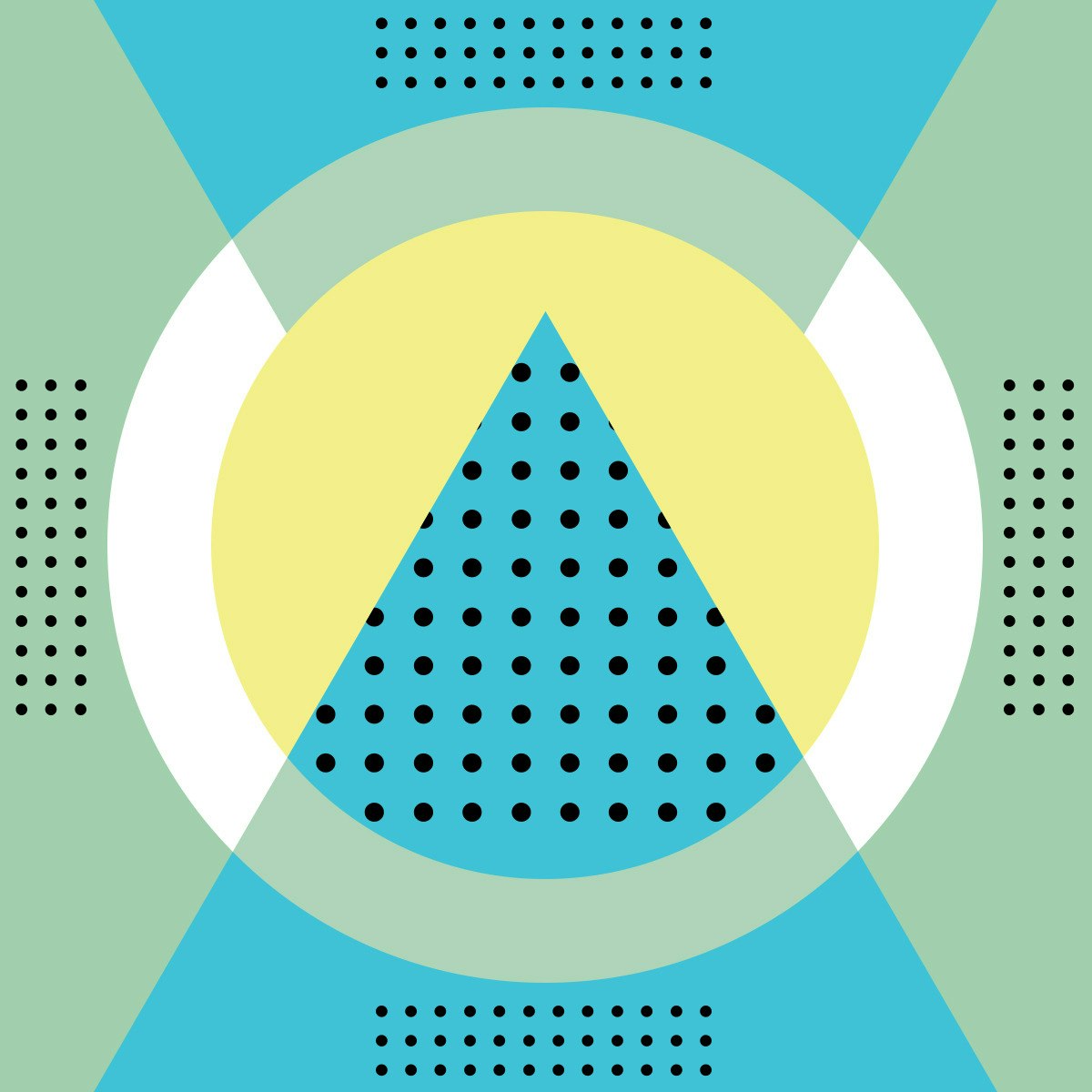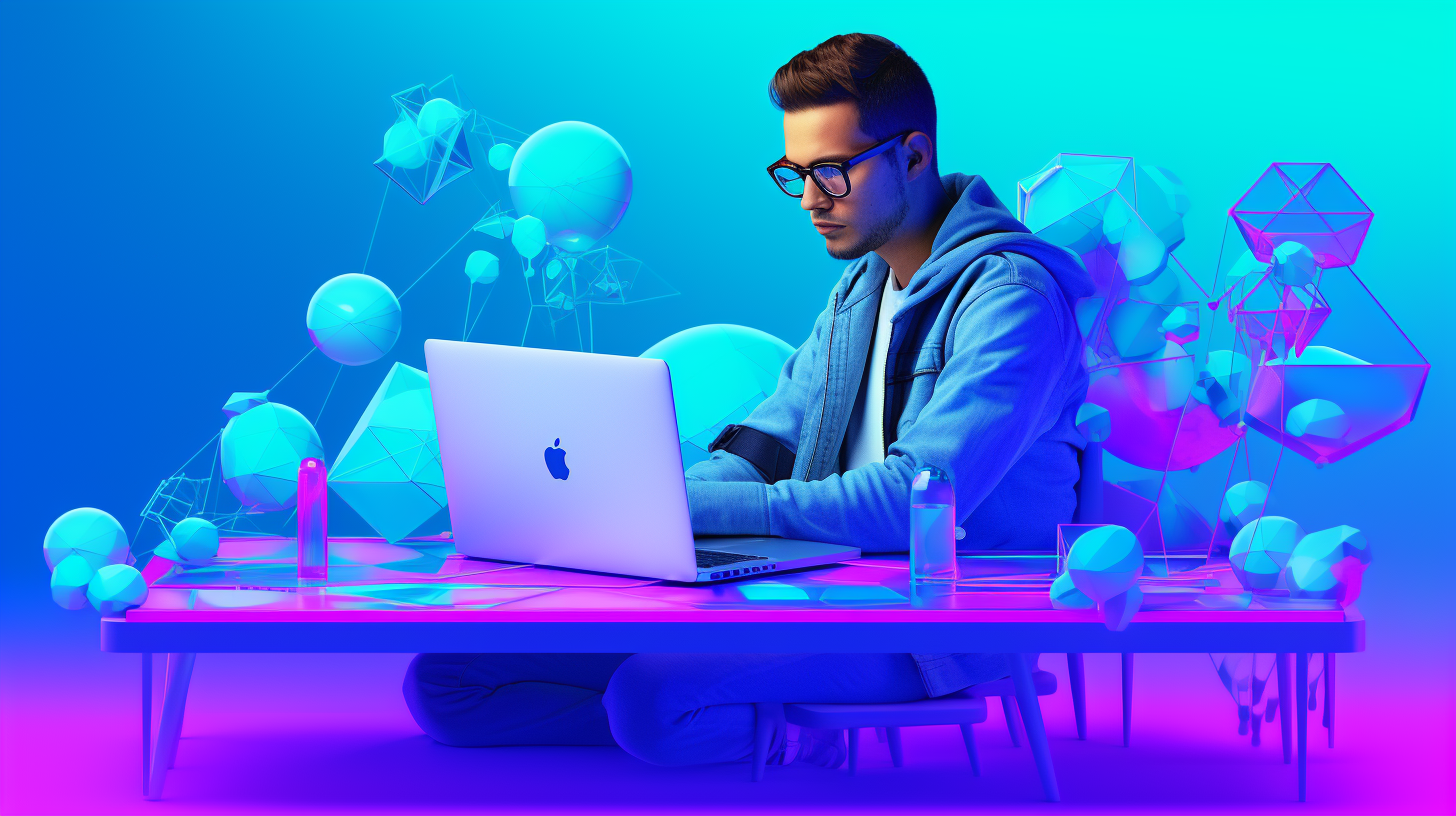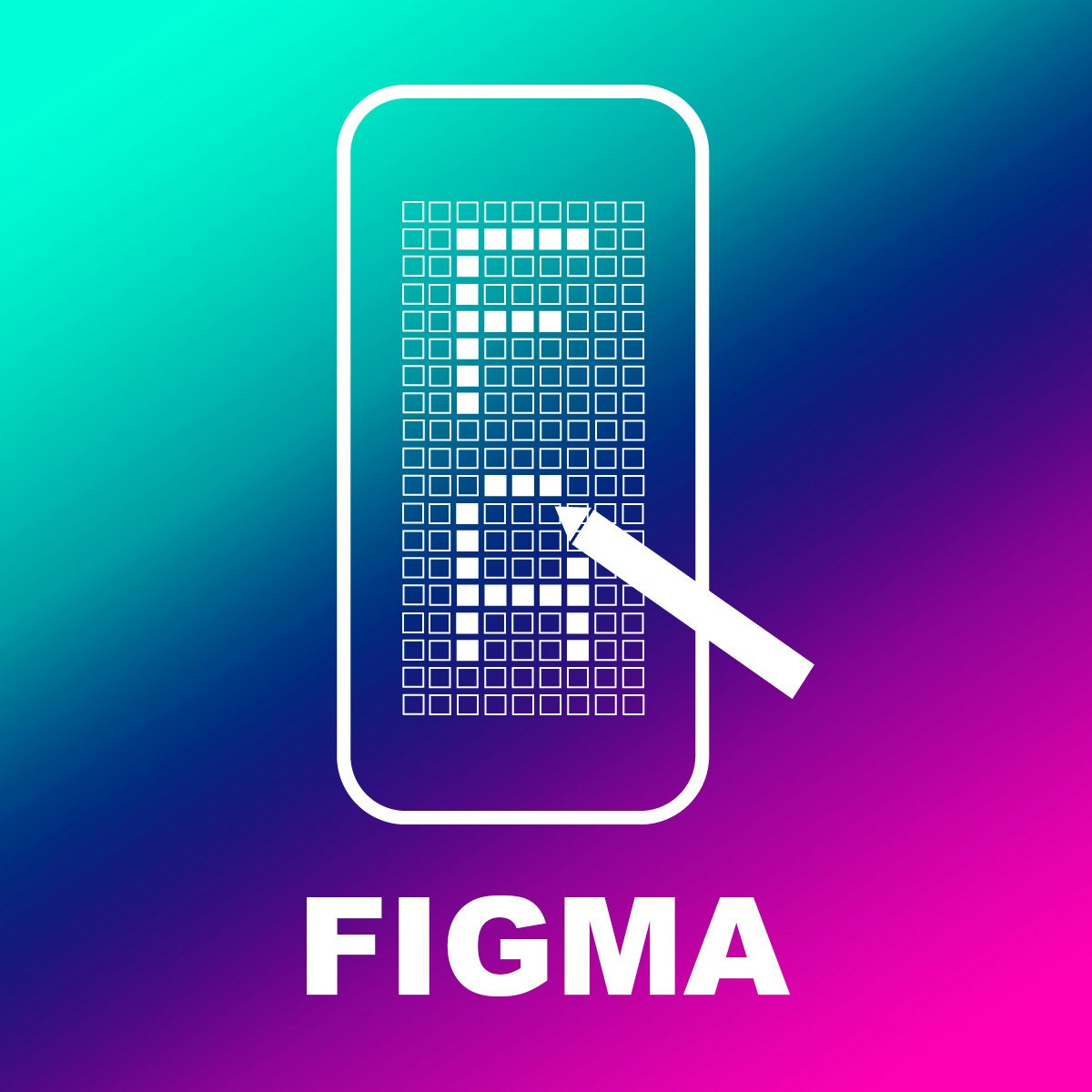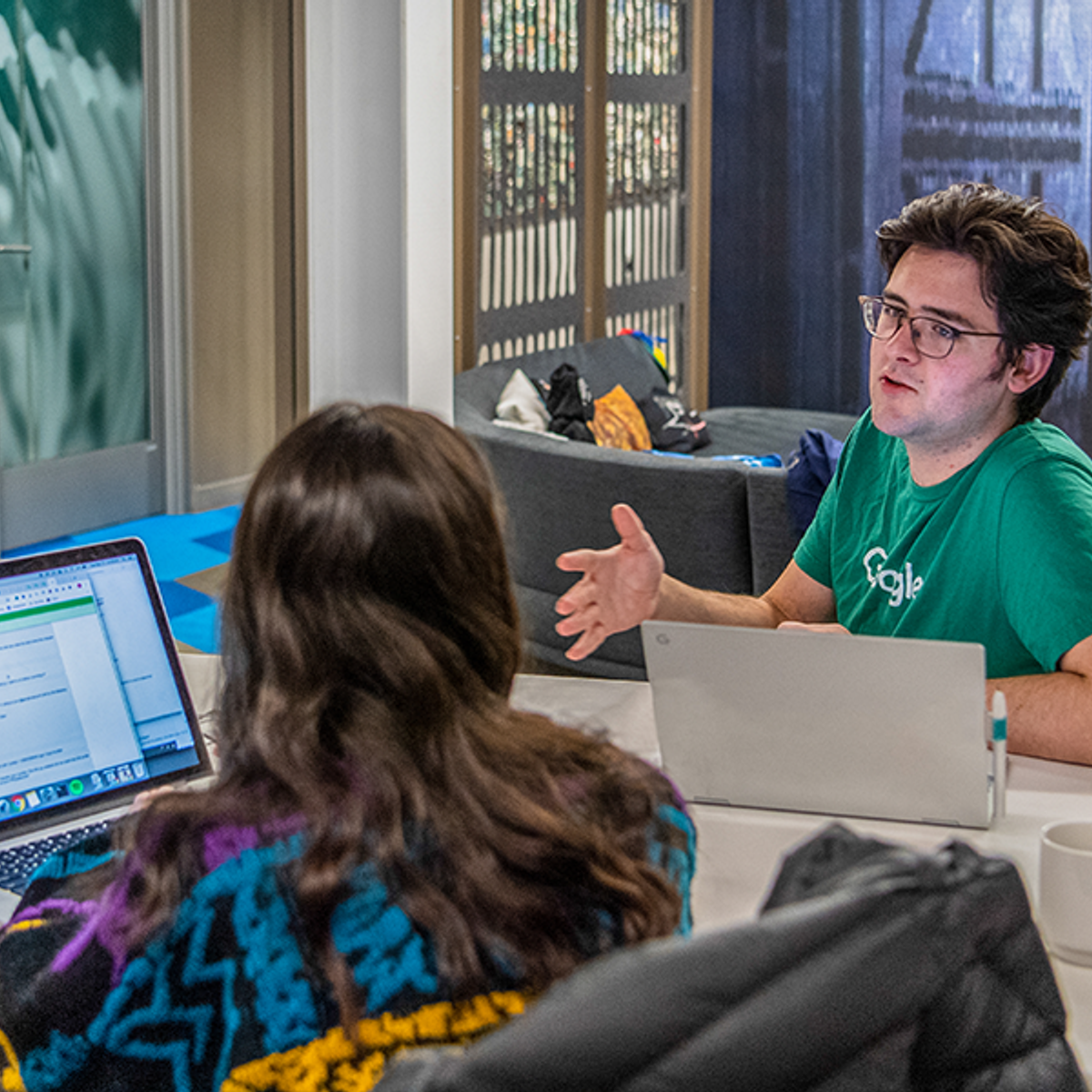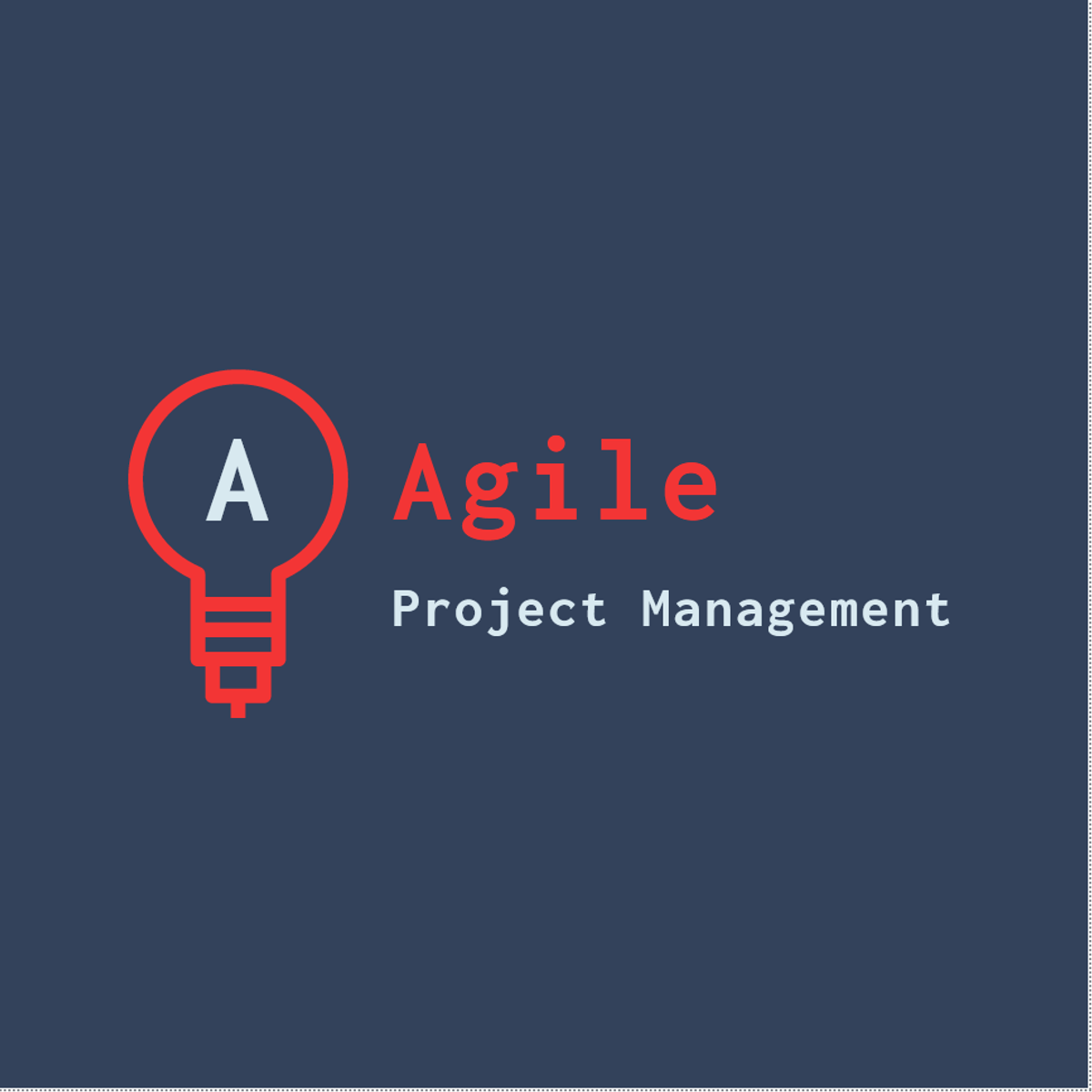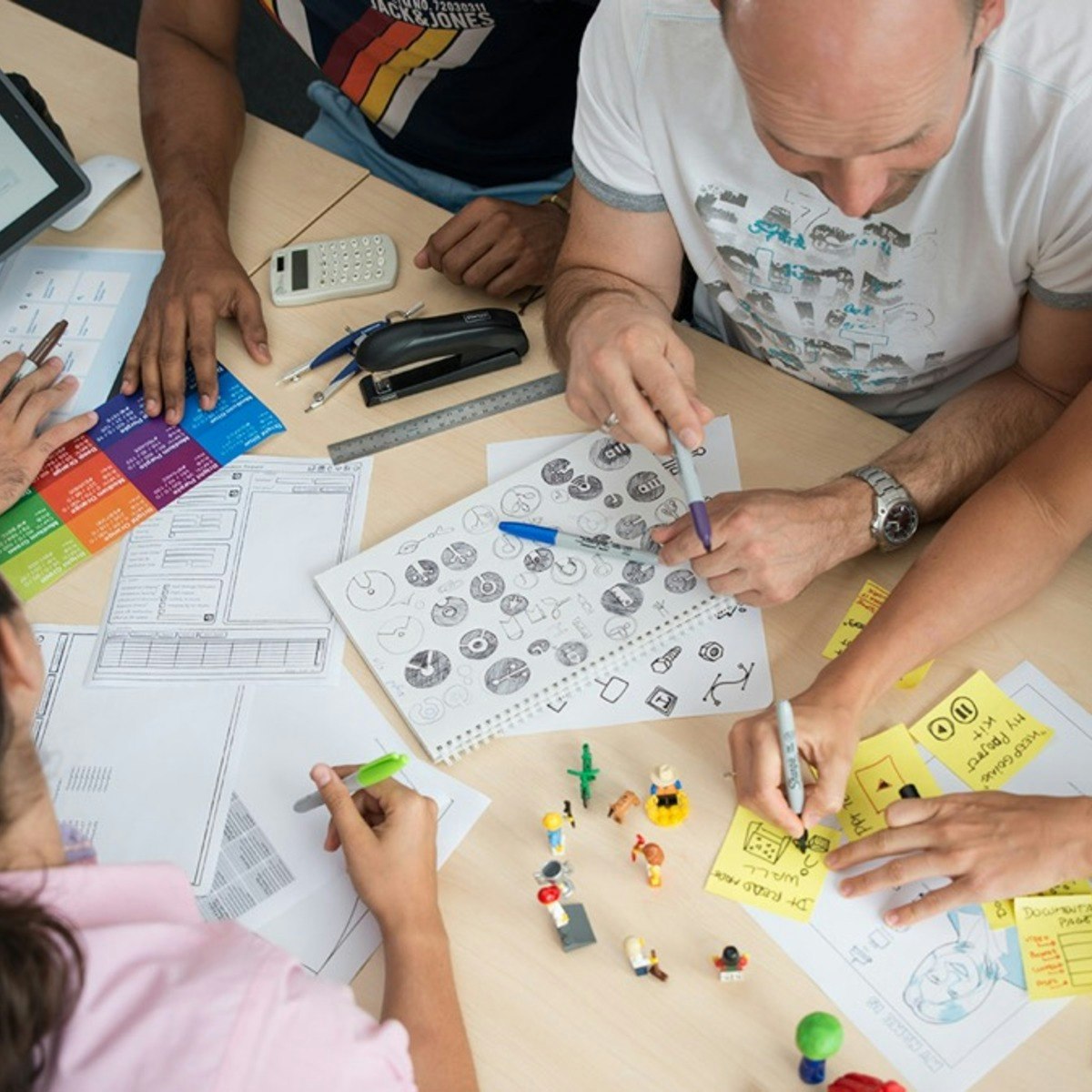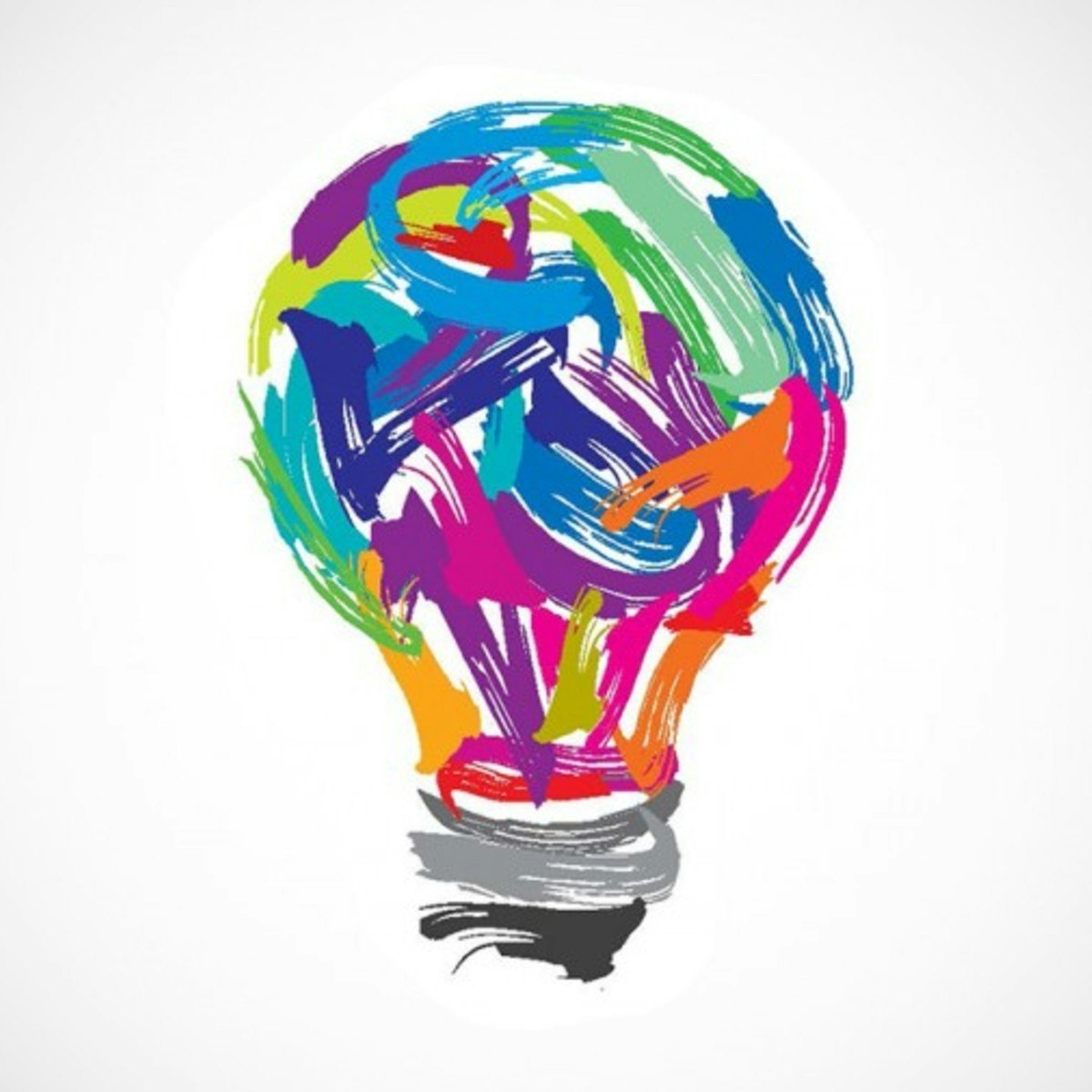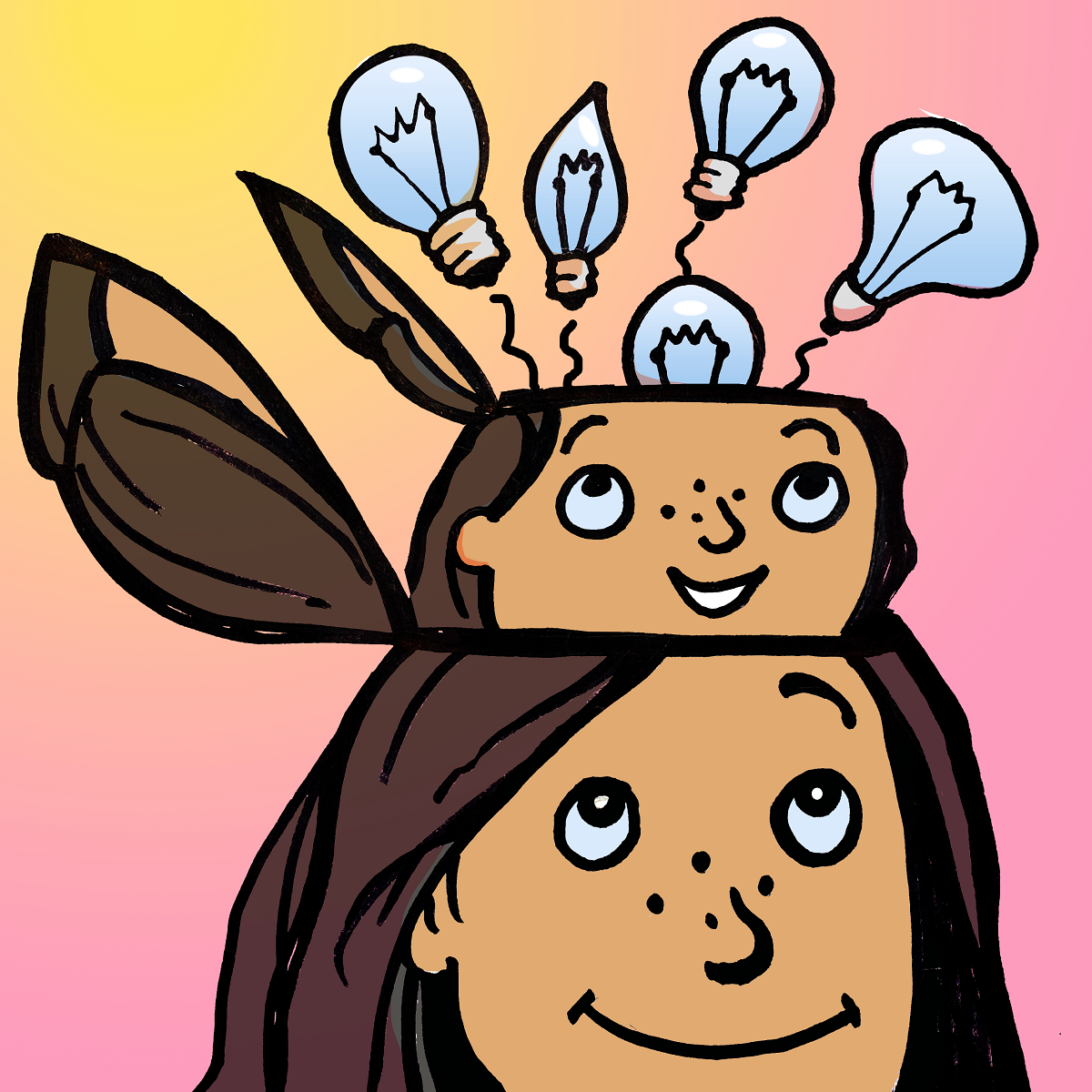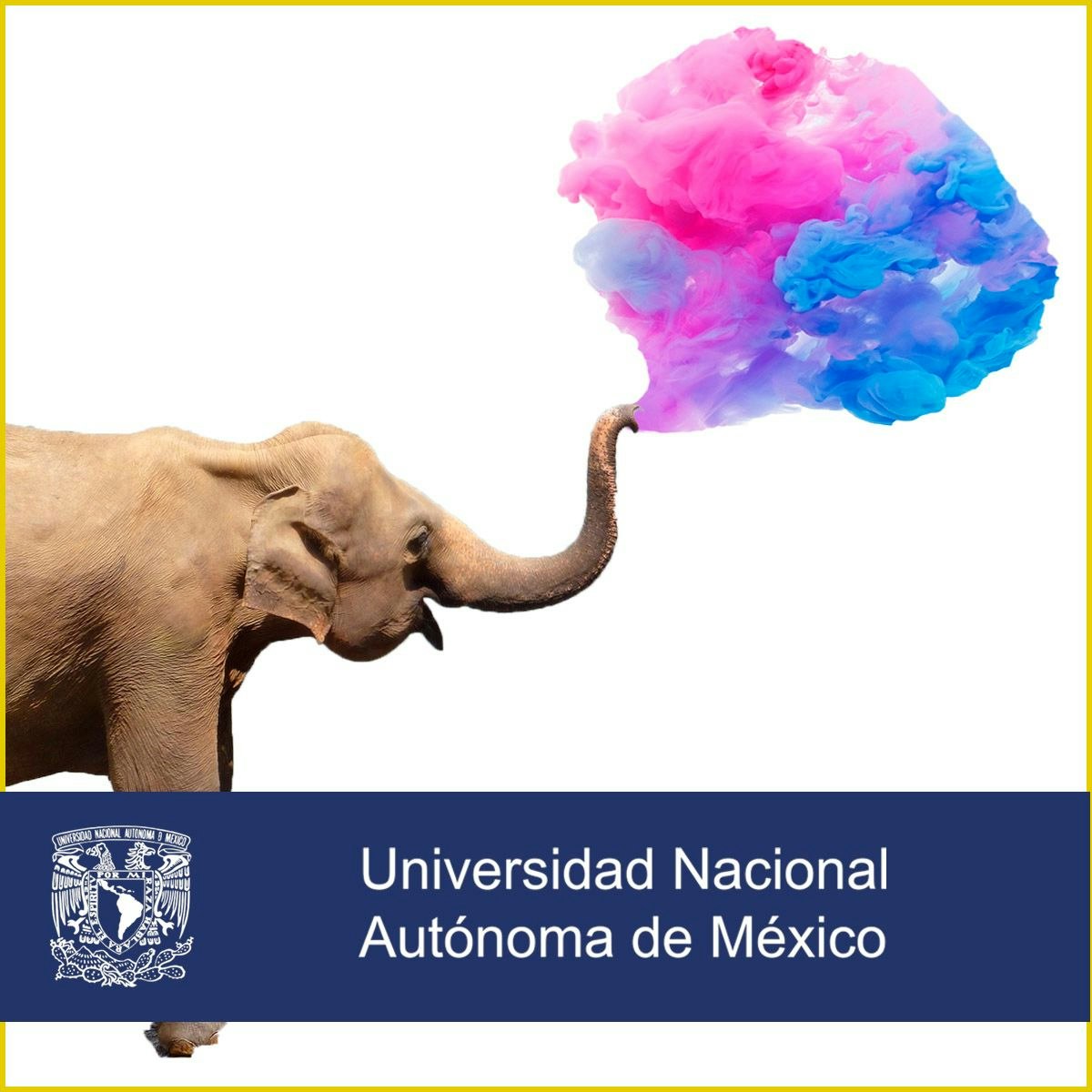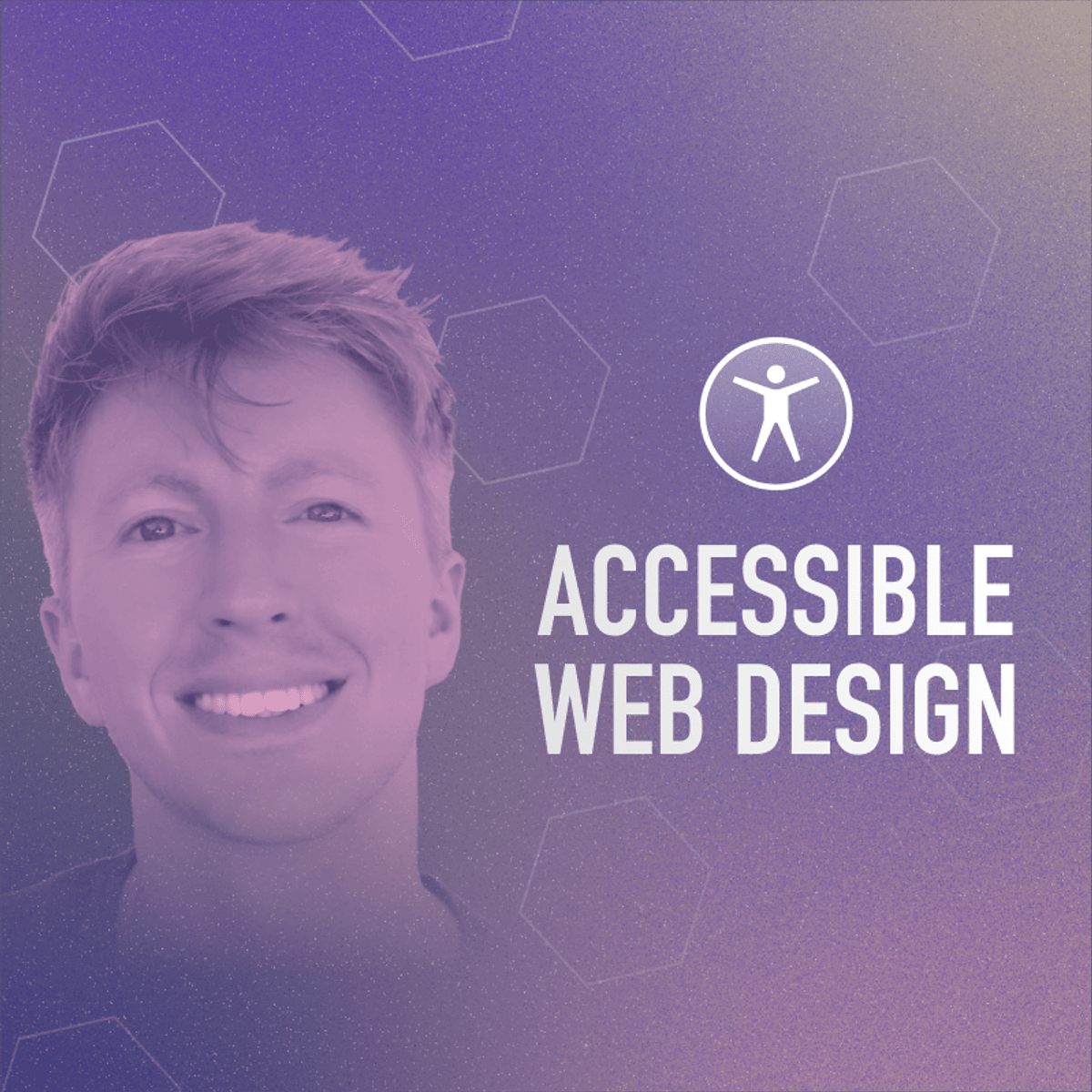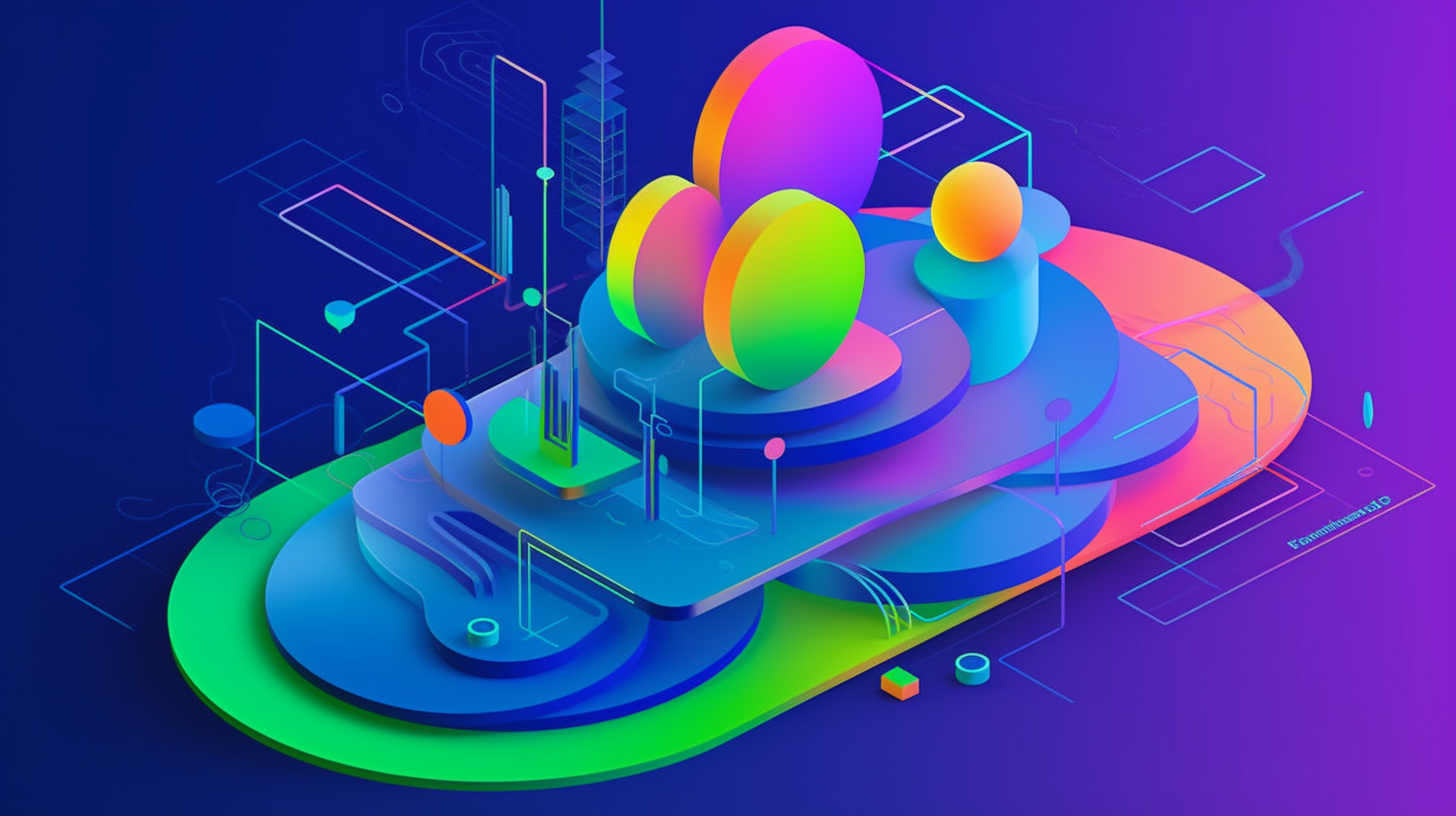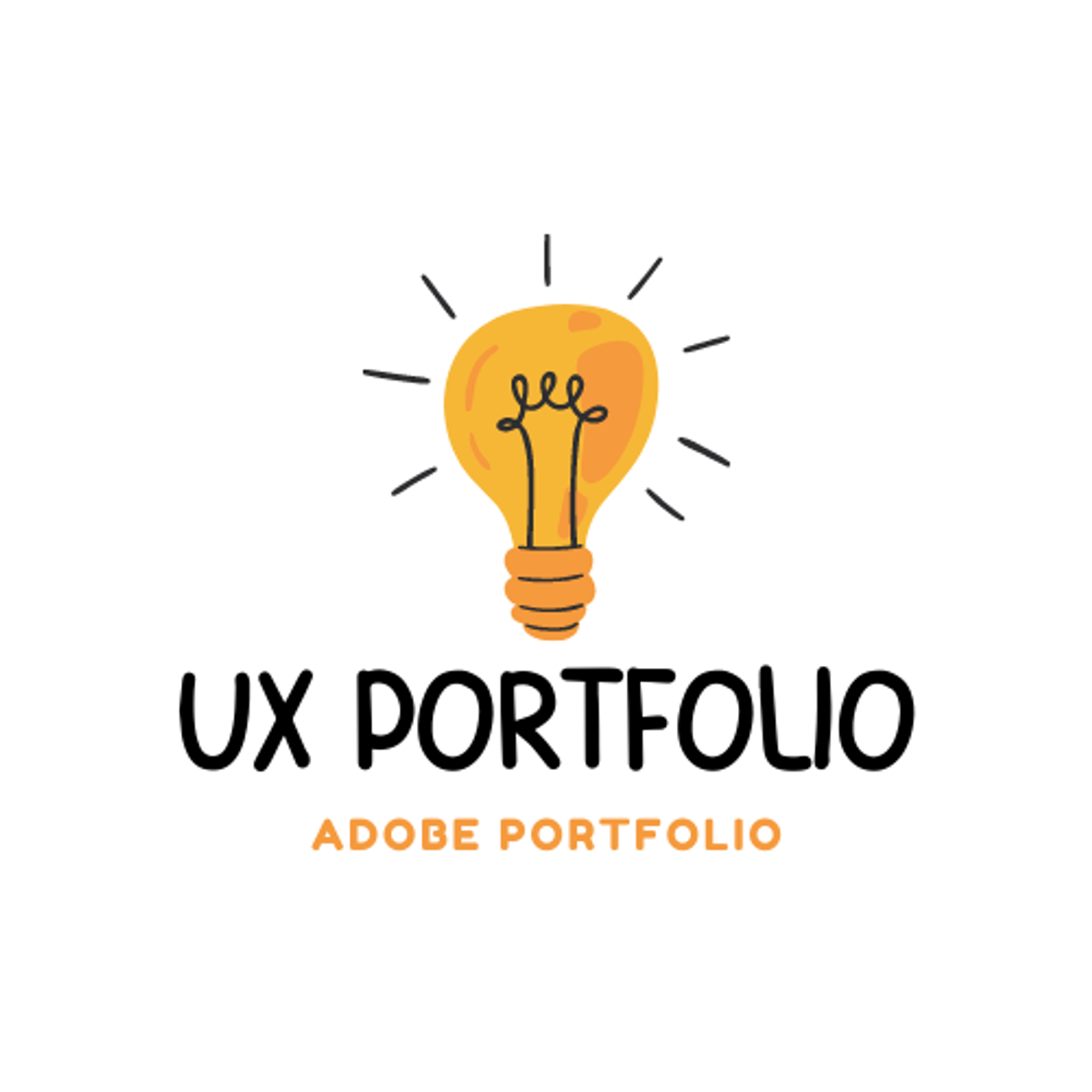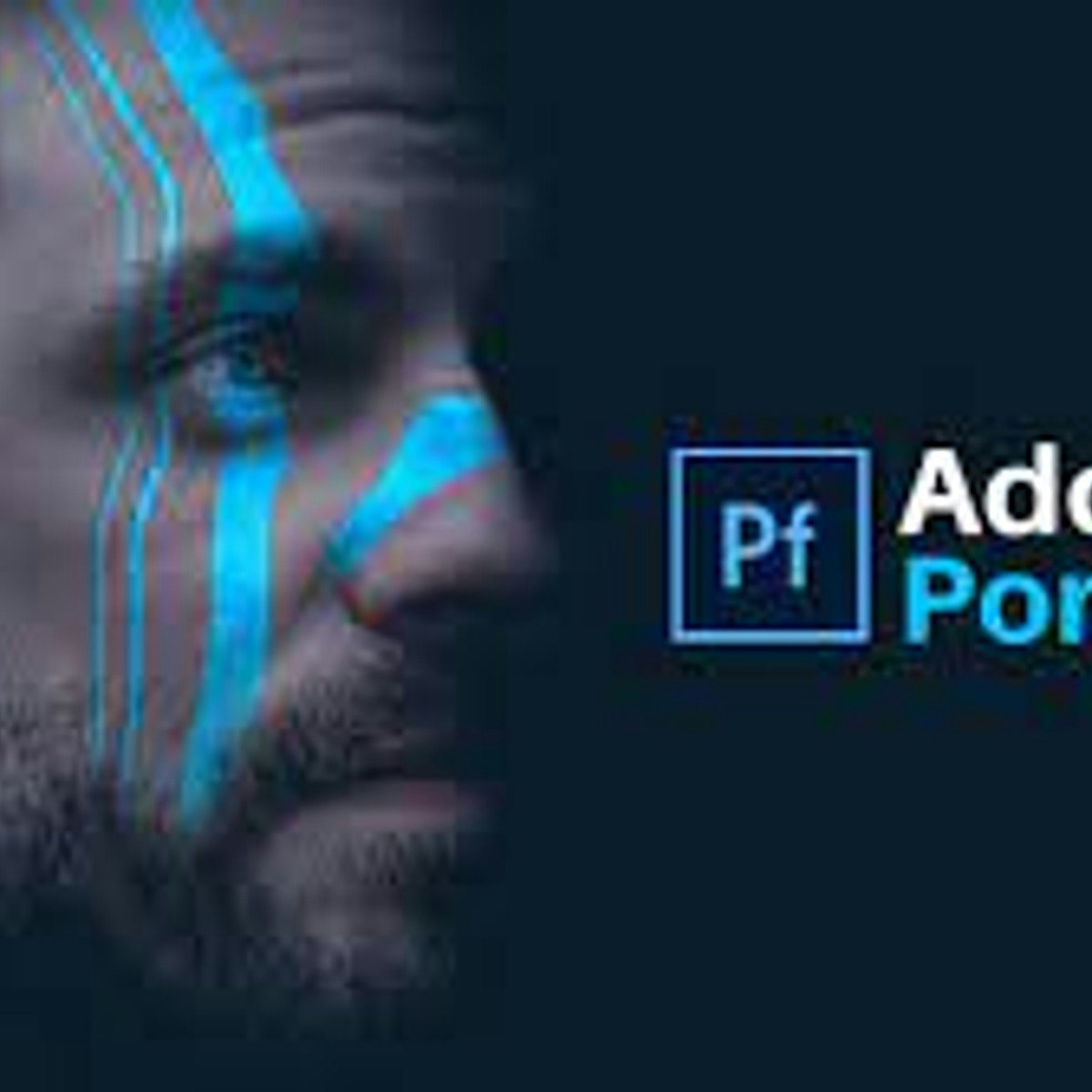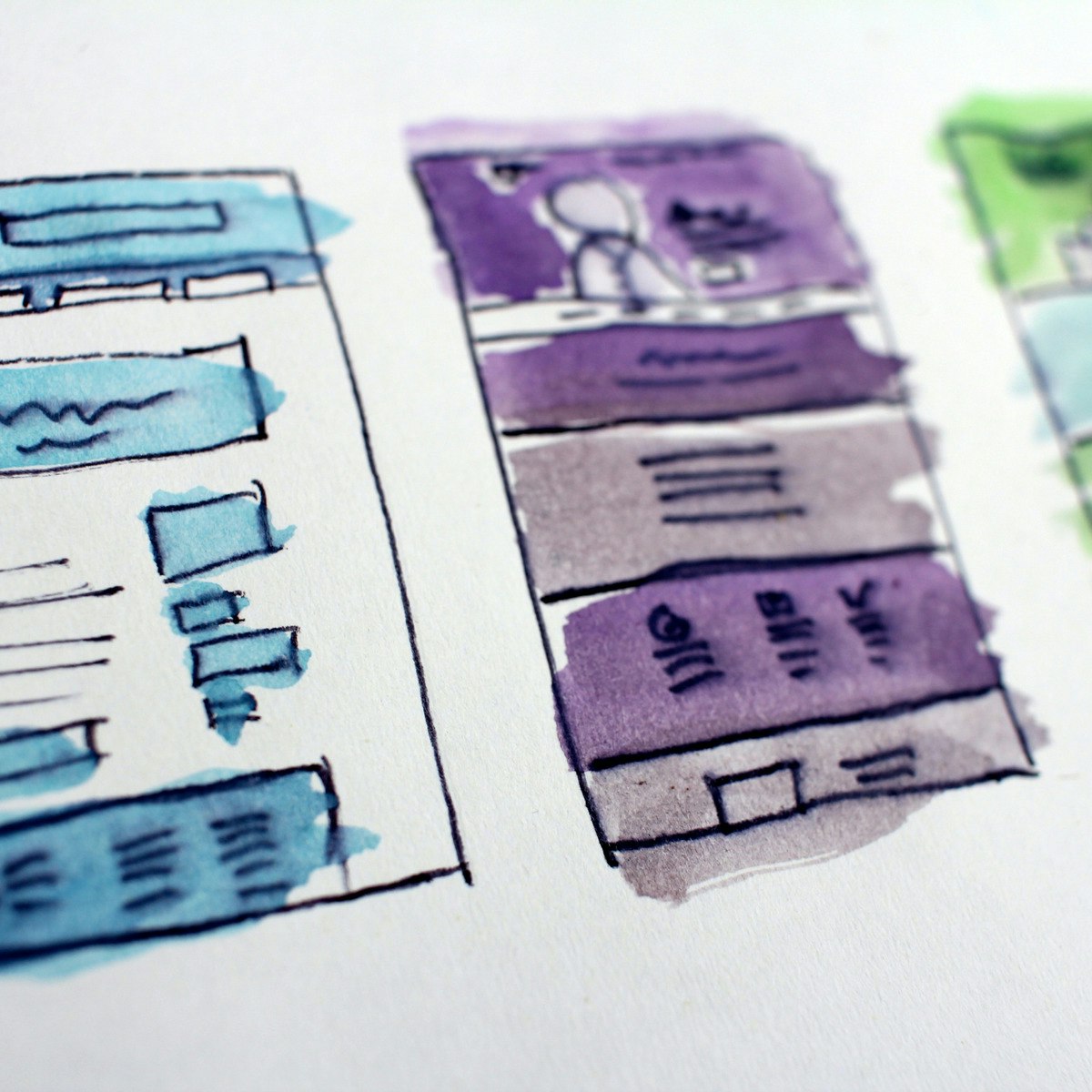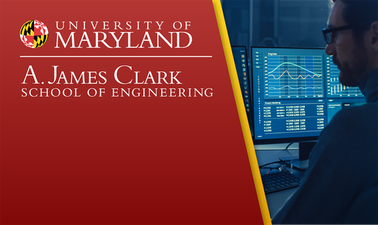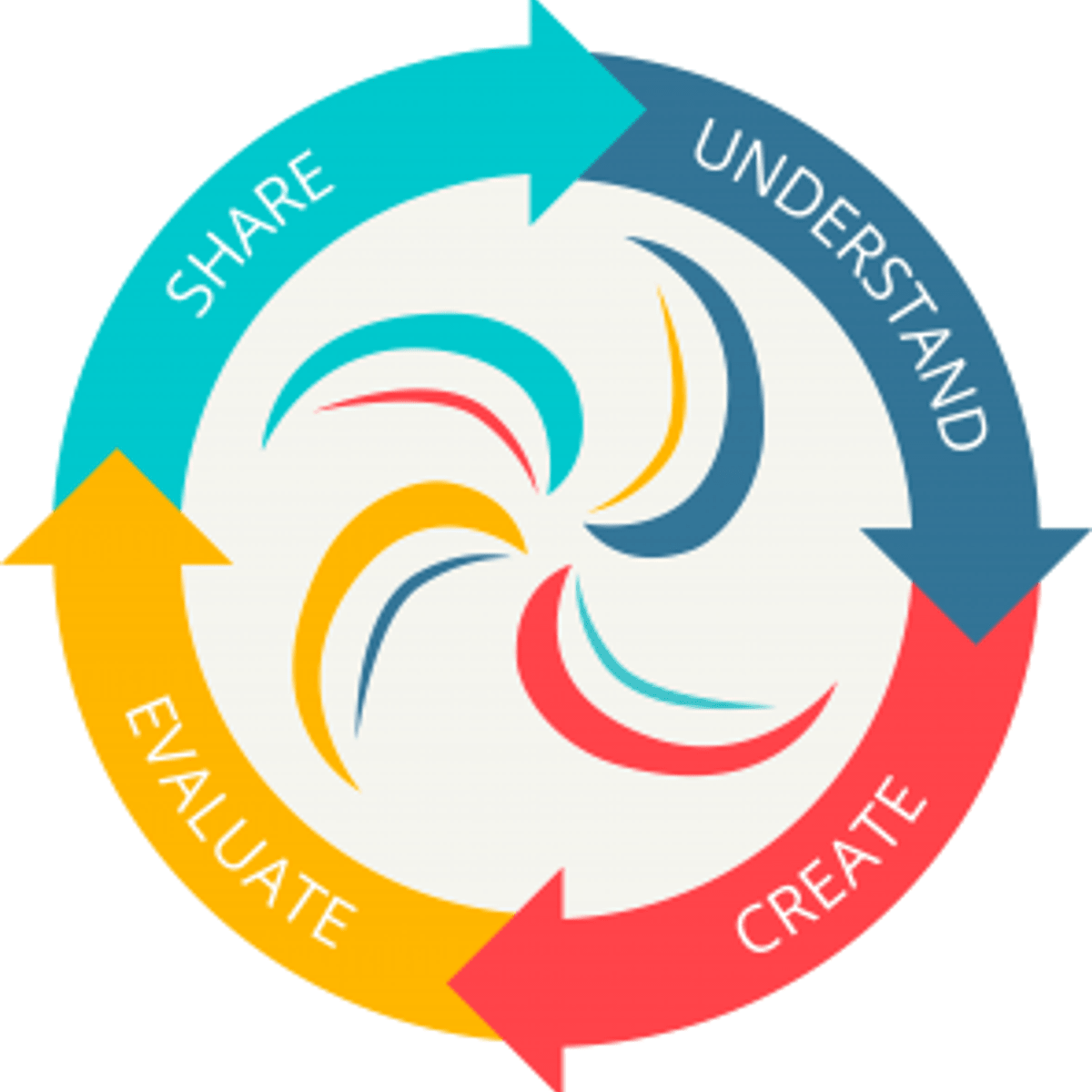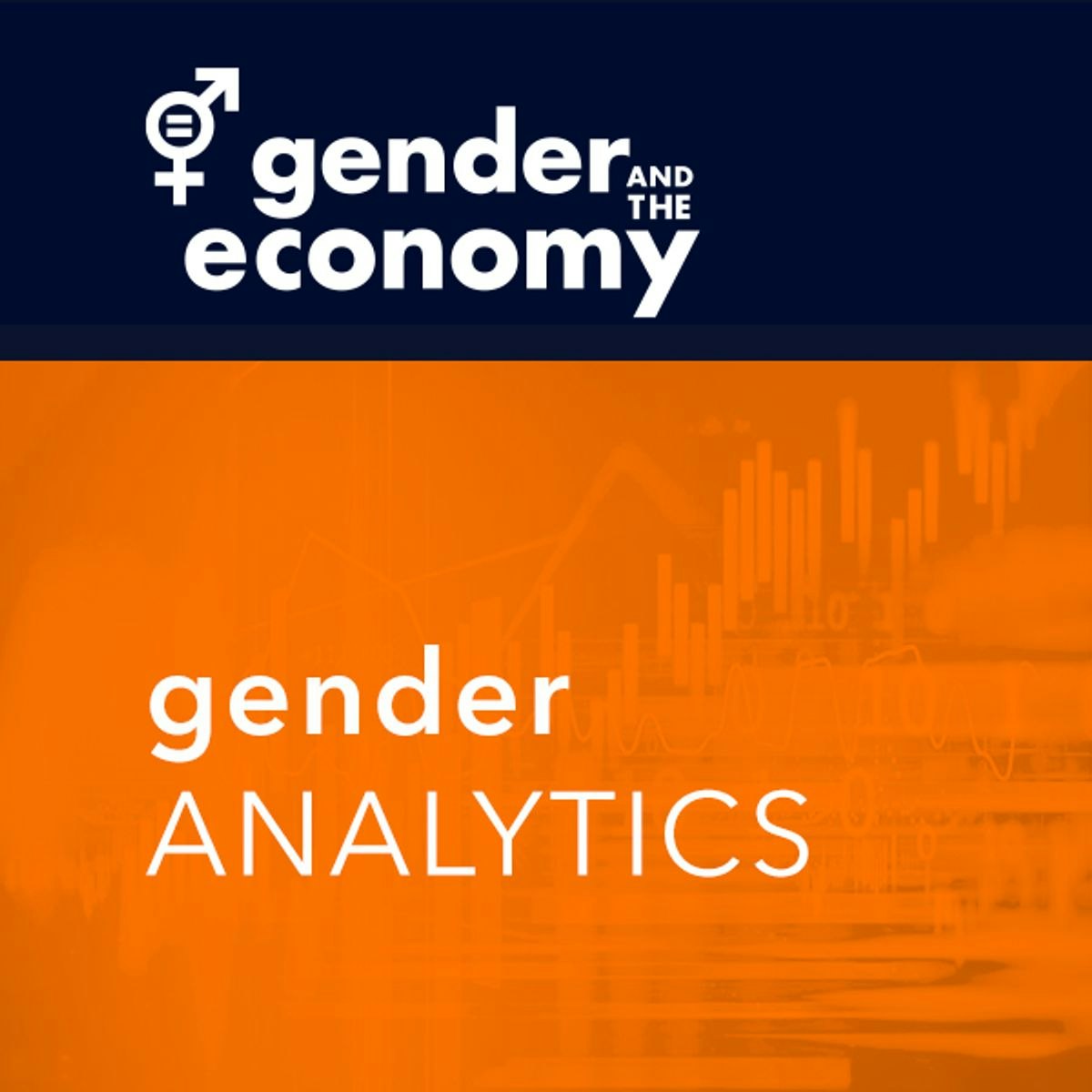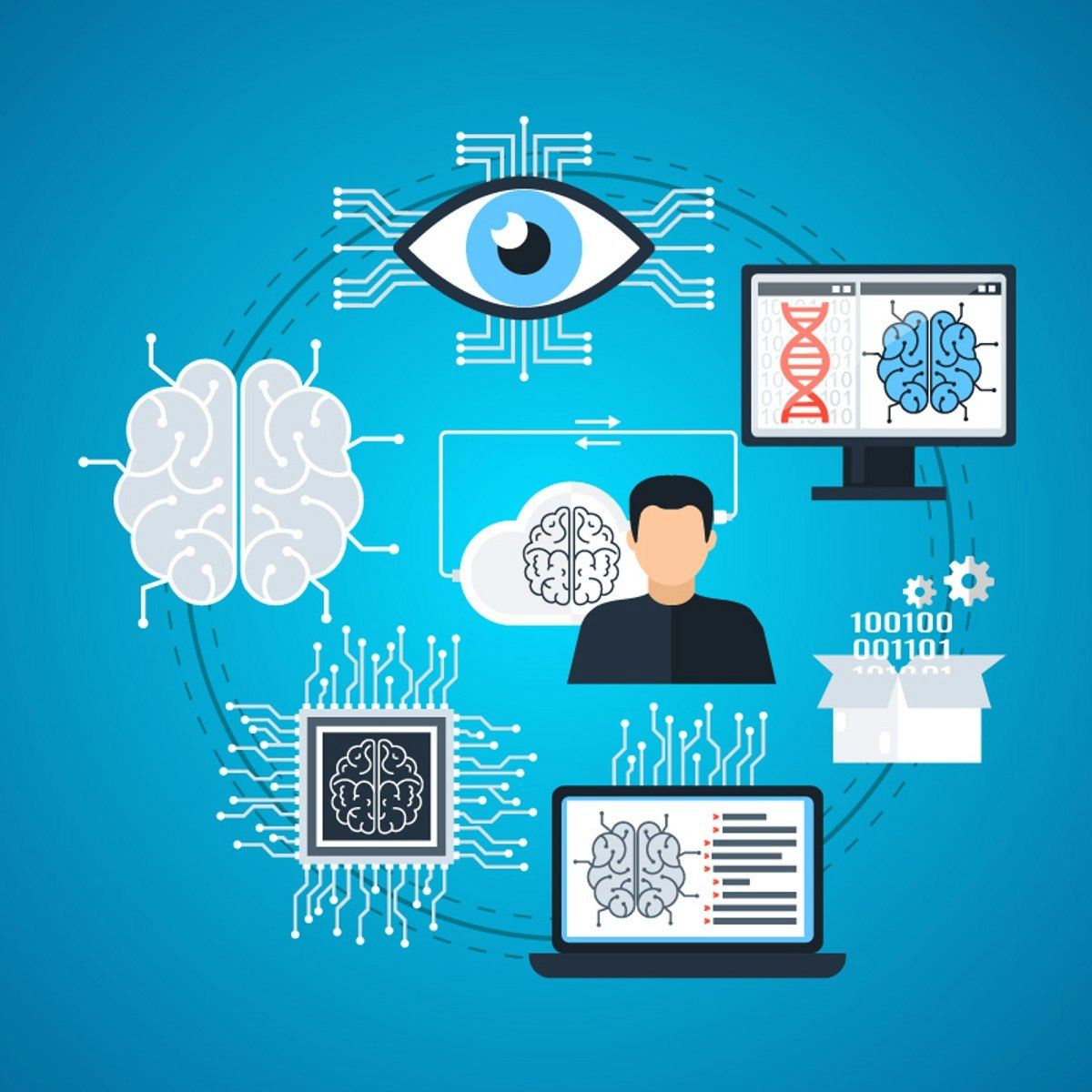Product Designer
Product Designer: Shaping the Future, One Product at a Time
Product design is the process of identifying a market opportunity, defining the problem, developing a proper solution for that problem, and validating the solution with real users. In essence, product designers are the architects of the products we use every day, from physical goods like furniture and electronics to digital experiences like websites and mobile apps. They blend creativity with analytical thinking to create items that are not only aesthetically pleasing but also functional, user-friendly, and aligned with business objectives.
Working as a product designer means you're constantly solving puzzles. You dive deep into understanding user needs and frustrations, then translate those insights into tangible solutions. It's an exciting field where you collaborate with diverse teams, including engineers, marketers, and researchers, to bring ideas to life. The role involves shaping the entire user journey, ensuring products are intuitive, enjoyable, and meet both user desires and business goals.
Introduction to Product Design
At its core, product design involves a holistic approach to creating products. This includes everything from initial research and ideation to prototyping, testing, and refinement. Product designers are problem-solvers who focus on the entire lifecycle of a product, aiming to create meaningful and effective experiences for users.
What is Product Design?
Product design is the strategic process of imagining, creating, and iterating products that solve users' problems or address specific needs in a given market. It's about making things work better for people. This involves understanding user behavior, business goals, and technical constraints to develop solutions that are desirable, feasible, and viable.
The role of a product designer is pivotal in product development. They act as the bridge between user needs and business strategy, ensuring that the final product is not only functional and usable but also aligns with the company's vision and market position. They are involved from the conceptualization phase through to launch and beyond, continually seeking ways to improve the product based on user feedback and data.
A product designer's goal is to craft experiences that are seamless and intuitive. They consider how a user interacts with a product at every touchpoint, aiming to make those interactions as smooth and enjoyable as possible. This requires a deep understanding of human psychology, interaction design principles, and the specific context in which the product will be used.
Distinguishing Product Design from Related Fields
While product design shares similarities with fields like User Experience (UX) Design, User Interface (UI) Design, and Industrial Design, it holds a distinct position. UX Design focuses primarily on the overall feel and usability of the experience, ensuring it's logical and easy to navigate. UI Design concentrates on the visual aspects and interactive elements – the look and feel of the interface itself.
Industrial Design traditionally deals with the conceptualization and design of manufactured products, focusing on form, function, ergonomics, and production processes, often for physical objects. Product design, particularly in the digital realm, often encompasses aspects of all these fields but takes a broader view. A product designer thinks about the product's strategy, its place in the market, and its connection to business objectives, alongside the user's interaction and visual experience.
Think of it this way: if a product were a restaurant, the UX designer ensures the flow from seating to ordering to paying is smooth, the UI designer focuses on the menu's layout and the decor's aesthetics, the industrial designer might design the chairs and tables, while the product designer oversees the entire dining experience, ensuring it meets customer expectations and the restaurant's business goals.
Here are introductions to courses that cover the fundamentals of UX and UI design, which are crucial components of product design.
These books provide foundational knowledge about user experience and design principles.
Core Objectives: Usability, Aesthetics, Functionality
Product designers strive to achieve a harmonious balance between three core objectives: usability, aesthetics, and functionality. Usability refers to how easy and intuitive a product is to use. Can users accomplish their goals efficiently and without frustration? Aesthetics pertain to the product's visual appeal and sensory experience. Does it look and feel good? Functionality concerns whether the product effectively performs the tasks it was designed for. Does it solve the intended problem?
Neglecting any of these aspects can lead to a subpar product. A beautiful product that's difficult to use will frustrate users. A highly functional product that looks unappealing might fail to attract users. And a usable, attractive product that doesn't actually solve a real problem provides no value.
Therefore, product designers constantly weigh these factors, making trade-offs when necessary, always aiming for the optimal combination that delivers the best overall user experience while meeting business requirements. They ensure the product not only works well but also delights the user.
This course explores the crucial balance between form and function in design.
Key Responsibilities of a Product Designer
The day-to-day work of a product designer is dynamic and multifaceted, involving a range of activities aimed at creating successful products. Their responsibilities span the entire product development lifecycle, requiring a blend of creative, analytical, and collaborative skills.
User Research and Empathy Mapping
Understanding the user is paramount in product design. Designers invest significant time in user research to uncover needs, motivations, behaviors, and pain points. Methods include interviews, surveys, usability testing, and analyzing user data. This research informs every stage of the design process.
Empathy mapping is a key technique used to synthesize research findings and build a deeper understanding of users. Designers create visual maps that articulate what users say, think, feel, and do in relation to the product or problem space. This fosters empathy within the design team and helps ensure solutions are genuinely user-centered.
By grounding design decisions in thorough research and empathy, product designers can create solutions that truly resonate with their target audience and address real-world challenges effectively.
These courses focus on user research and understanding user needs, essential first steps in product design.
Wireframing, Prototyping, and Iterative Testing
Once user needs are understood, designers begin translating ideas into tangible forms. This often starts with wireframing – creating basic, low-fidelity layouts that focus on structure, content placement, and functionality, without detailed visual design.
Next comes prototyping, where designers create interactive models of the product. Prototypes can range from simple paper sketches to highly realistic digital simulations using tools like Figma or Adobe XD. Prototyping allows designers and stakeholders to visualize and interact with the proposed solution before development begins.
Iterative testing is crucial. Designers test prototypes with users, gather feedback, identify usability issues, and refine the design. This cycle of prototyping, testing, and iterating continues until the design effectively meets user needs and project goals. This user-centered approach minimizes risk and ensures the final product is well-vetted.
These courses cover the practical skills of wireframing and prototyping using industry-standard tools.
This book delves into software testing methodologies, relevant for the iterative testing phase.
Collaboration with Engineers, Marketers, and Stakeholders
Product design is rarely a solo endeavor. Designers work closely with cross-functional teams. Collaboration with engineers is vital to ensure designs are technically feasible and can be implemented efficiently. Understanding technical constraints and possibilities is key.
Working with marketers helps align the product with market positioning, branding, and launch strategies. Designers need to understand the business context and how their work contributes to broader company goals. Communication with stakeholders, such as product managers, executives, and clients, is essential for gathering requirements, presenting design concepts, incorporating feedback, and ensuring alignment throughout the process.
Effective communication, presentation, and negotiation skills are therefore crucial soft skills for product designers. They must articulate design rationale clearly and advocate for user needs while balancing technical and business considerations.
These courses emphasize the collaborative nature of design and working within teams.
Balancing Business Goals with User Needs
A core challenge for product designers is navigating the often-competing demands of business goals and user needs. While the primary focus is creating a positive user experience, designers must also ensure the product contributes to the company's success, whether through revenue generation, user acquisition, or achieving strategic objectives.
This balancing act requires strategic thinking and negotiation skills. Designers must advocate for the user while understanding business constraints and priorities. They need to find creative solutions that satisfy both parties, making informed trade-offs when necessary.
Ultimately, the most successful products are those that provide significant value to users while also achieving tangible business outcomes. Product designers play a critical role in finding this sweet spot.
This course explores how design thinking can drive innovation that meets both user needs and business objectives.
Essential Skills for Product Designers
To excel in product design, individuals need a combination of technical proficiency, creative problem-solving abilities, and strong interpersonal skills. The role demands versatility, adaptability, and a continuous desire to learn and improve.
Technical Skills and Tools
Proficiency in design software is fundamental. Tools like Figma, Adobe XD, and Sketch are industry standards for creating wireframes, mockups, and interactive prototypes. Familiarity with these tools allows designers to quickly visualize ideas and collaborate effectively with teams.
Depending on the product type, skills in 3D modeling software (like Blender, Rhino, or SolidWorks) may be necessary, especially for physical products or complex visualizations. Understanding the basics of front-end development (HTML, CSS, JavaScript) can also be highly beneficial, enabling better communication with engineers and a deeper understanding of technical possibilities and limitations. While coding isn't always required, foundational knowledge is often valued.
Here are courses to help you master essential design tools like Figma, Adobe XD, and 3D modeling software.
Soft Skills: Communication, Problem-Solving, Adaptability
Technical skills are only part of the equation. Soft skills are equally crucial. Strong communication skills are essential for presenting designs, articulating rationale, collaborating with teams, and understanding user feedback. Product designers must convey complex ideas clearly and persuasively.
Problem-solving is at the heart of product design. Designers need analytical and critical thinking skills to dissect complex challenges, identify root causes, and devise innovative solutions. This involves approaching problems from multiple angles and considering various constraints.
Adaptability is vital in a field that's constantly evolving. Technologies change, user needs shift, and business priorities pivot. Designers must be flexible, open to feedback, and willing to iterate on their work. They need to embrace ambiguity and navigate uncertainty effectively.
These courses focus on developing critical soft skills like creative thinking and problem-solving.
Design Systems and Accessibility Standards
Understanding and utilizing design systems is increasingly important. A design system is a collection of reusable components, guided by clear standards, that can be assembled to build applications. Using a design system ensures consistency, improves efficiency, and allows designers to focus on larger problems rather than reinventing basic UI elements.
Designing for accessibility (a11y) is a critical ethical and practical consideration. Product designers must ensure their products are usable by people of all abilities, including those with visual, auditory, motor, or cognitive impairments. This involves understanding accessibility guidelines (like WCAG), employing inclusive design practices, and testing with diverse user groups.
Proficiency in these areas demonstrates a commitment to creating high-quality, scalable, and inclusive products.
These courses cover the essentials of design systems and accessible web design.
Formal Education Pathways
While not the only route, formal education provides a structured foundation for a career in product design. University programs offer in-depth theoretical knowledge, practical skills development, and valuable networking opportunities.
Undergraduate Degrees
Several undergraduate degrees can pave the way for a product design career. Degrees in Industrial Design often provide a strong foundation in physical product development, ergonomics, materials, and manufacturing processes. Programs in Human-Computer Interaction (HCI) focus on the intersection of technology and user experience, covering usability, interaction design, and user research methodologies, often geared towards digital products.
Other relevant fields include Graphic Design (for visual and UI skills), Interaction Design, and even Computer Science or Psychology, particularly if combined with design coursework or projects. Regardless of the specific major, programs emphasizing design thinking, user-centered methodologies, and portfolio development are beneficial.
Graduate Programs for Specialization
For those seeking deeper expertise or transitioning from another field, graduate programs offer specialized training. Master's degrees in HCI, Interaction Design, or specialized Product Design programs delve into advanced topics and research methods. Some programs focus on specific areas like Service Design, Sustainable Design, or designing for emerging technologies like AI or VR.
A graduate degree can provide a competitive edge, particularly for research-focused roles or leadership positions. These programs often involve significant project work, allowing students to build substantial portfolio pieces and network with industry professionals.
Internships, Projects, and Certifications
Practical experience is invaluable. Internships during undergraduate or graduate studies provide real-world exposure, allowing students to apply their learning, understand industry workflows, and build professional connections. Many programs incorporate internships or capstone projects where students tackle real design challenges.
Thesis projects in graduate programs offer opportunities for in-depth research and specialization, further strengthening a portfolio. Beyond formal degrees, certifications from reputable institutions or industry organizations can demonstrate proficiency in specific tools (like Figma or Adobe XD) or methodologies (like Design Thinking or Agile).
These educational components supplement theoretical knowledge with hands-on skills and tangible proof of competence, which are highly valued by employers.
These courses offer project-based learning, simulating real-world design challenges.
Self-Directed Learning and Online Education
Formal education isn't the only path into product design. With dedication and the right resources, transitioning into this field through self-study and online learning is entirely possible, though it requires discipline and strategic effort.
For those exploring this route, remember that the journey requires persistence. It's natural to face challenges, but each step forward builds valuable skills. Celebrate small wins and stay focused on your goals.
Feasibility of Transitioning via Self-Study
Many successful product designers come from diverse backgrounds like graphic design, engineering, marketing, or even fields seemingly unrelated to design. Transferable skills such as problem-solving, communication, and empathy are highly valuable. Self-study allows learners to acquire specific design knowledge and technical skills at their own pace.
Online courses, tutorials, blogs, and books offer a wealth of information. Platforms like OpenCourser aggregate thousands of design courses, making it easier to find resources covering everything from foundational principles to advanced techniques and specific tools. The key is structuring your learning, setting clear goals, and consistently practicing.
Transitioning requires commitment. You'll need to build not just skills but also a convincing portfolio to demonstrate your capabilities to potential employers. It's a challenging path, but achievable with focus and perseverance.
These courses provide comprehensive introductions or specialized training suitable for self-directed learning.
This book offers guidance for navigating complexity, a useful mindset for self-learners tackling a new field.
Building Portfolios Through Independent Projects
A strong portfolio is arguably the most critical asset for any product designer, especially for those without a traditional design degree. It's your opportunity to showcase your skills, thinking process, and ability to solve problems. Self-directed learners must proactively create portfolio pieces.
This can involve personal projects, redesigning existing apps or websites (focusing on identifying and solving specific usability issues), participating in design challenges (like the Daily UI challenge mentioned by some recruiters), or contributing to open-source projects. Volunteering design services for non-profits or small startups can also provide valuable real-world experience and portfolio content.
Each portfolio piece should be presented as a case study, detailing the problem, your process (research, ideation, prototyping, testing), the challenges faced, your solutions, and the final outcome. Highlighting your thought process is often more important than just showing polished final screens.
These courses focus specifically on portfolio building, a crucial step for aspiring designers.
Combining Online Learning with Practical Application
Simply completing online courses isn't enough. The real learning happens when you apply the concepts. Combine theoretical knowledge gained from courses with hands-on practice through projects. Use the tools you learn about (like Figma or prototyping software) to build things.
Consider freelance work, even small projects, to gain practical experience and build client interaction skills. Platforms connecting freelancers with projects can be a starting point. Networking is also crucial; connect with other designers online, attend virtual meetups, share your work, and seek feedback. Finding a mentor, perhaps someone who successfully transitioned themselves, can provide invaluable guidance.
OpenCourser offers features that can support this journey. You can browse courses across various design topics, use the "Save to list" feature (manage lists here) to curate your learning path, and explore the Learner's Guide for tips on self-study and building a portfolio. Finding relevant courses and structuring your learning is made easier.
These courses blend theory with practical application, encouraging hands-on learning.
This book provides practical advice on the design sprint process, useful for structuring independent projects.
Limitations and Setting Expectations
While self-study is viable, be realistic about the challenges. Breaking into the field without formal credentials or industry experience can be difficult, especially in a competitive job market. You'll need exceptional drive, discipline, and a truly outstanding portfolio to stand out.
Networking becomes even more critical to find opportunities. Be prepared for rejection and view it as a learning opportunity. Some companies may still prioritize candidates with formal degrees, particularly for entry-level roles. However, a strong portfolio demonstrating real skill and a thoughtful design process can often overcome the lack of a traditional background.
The journey might take longer than anticipated, but persistence pays off. Focus on continuous learning, building tangible proof of your skills, and connecting with the design community. Even if the path is challenging, the skills you acquire in design thinking and problem-solving are valuable in many contexts.
Career Progression in Product Design
A career in product design offers various pathways for growth, allowing individuals to deepen their expertise, specialize in specific areas, or move into leadership and management roles. Progression typically depends on experience, skill development, and demonstrated impact.
Entry-Level Roles
Most individuals start their product design careers in roles like Junior Product Designer, Associate Product Designer, or Design Intern. In these positions, the focus is typically on executing specific design tasks under the guidance of more senior designers. Responsibilities might include creating wireframes, contributing to UI design, assisting with user research, and learning the team's processes and tools.
Entry-level roles are crucial for building foundational skills, understanding industry practices, and gaining exposure to real-world projects. Performance is often measured by the quality of execution, willingness to learn, and ability to collaborate effectively within the team.
This guide provides a comprehensive look at product designer roles and paths.
record:35ce88
Mid-Career Paths: Specialization vs. Management
With 3-5 years of experience, designers often reach a mid-level stage (Product Designer, UX Designer). At this point, they handle more complex projects with greater autonomy. A common fork in the road emerges: specialization or management.
Some designers choose to deepen their expertise as individual contributors (ICs), specializing in areas like interaction design, user research, visual design, design systems, or accessibility. They become go-to experts within their domain, often tackling the most challenging design problems.
Others gravitate towards leadership and pursue a management track. This involves mentoring junior designers, leading design teams, managing projects, and contributing to design strategy. The focus shifts from individual execution to enabling and guiding others.
Senior and Leadership Roles
After 5-8 years, designers can progress to Senior Product Designer roles. Seniors lead significant projects, mentor others, influence design strategy, and possess deep expertise. Further progression on the IC path can lead to titles like Principal Designer or Staff Designer, roles recognized for deep craft mastery and thought leadership within the organization and potentially the industry.
On the management path, progression leads to roles like Design Manager, Head of Design, Director of Design, or even VP of Product Design. These roles involve overseeing larger teams, setting the overall design vision and strategy for the organization, managing budgets, and often being part of the executive leadership.
According to the National Careers Service UK, experienced product designers can earn up to £45,000 or more annually, with potential progression to creative director or design management roles. Zippia notes the average US salary around $102,033, with a projected job growth of 3% between 2018-2028, although recent market shifts might influence this.
Alternative Trajectories
Beyond traditional IC and management paths within companies, experienced product designers have other options. Some transition into Product Management, leveraging their user-centric perspective and understanding of the development process to guide overall product strategy.
Consulting offers opportunities to work with various clients on diverse design challenges, providing strategic advice and design solutions. Entrepreneurship is another path, where designers leverage their skills to create and launch their own products or start design agencies.
This flexibility allows designers to shape their careers based on their interests, strengths, and long-term goals.
Product Design in the Global Market
The product design field operates within a global context, influenced by geographic factors, remote work trends, and evolving market demands. Understanding these dynamics is helpful for career planning and navigating the job landscape.
Geographic Hubs and Remote Work
Historically, major tech hubs like Silicon Valley, Seattle, New York, London, and Berlin have been centers for product design jobs. However, the rise of remote work, accelerated by the global pandemic, has significantly decentralized opportunities. Many companies now hire product designers remotely, allowing talent to work from anywhere.
While remote work offers flexibility, the job market remains competitive. Some companies are shifting towards hybrid models, requiring occasional office presence. The demand for remote roles remains high, and platforms like Crossover and Built In list numerous remote product design jobs globally. This shift broadens the talent pool but also intensifies competition.
Market Demand Trends
The demand for product designers fluctuates with economic conditions. Following a surge during 2020-2021, the market saw contractions and layoffs in 2022-2023 due to economic uncertainty. While the market is showing signs of recovery in 2024-2025, competition remains fierce, especially for entry-level roles. Companies increasingly seek designers with versatile skill sets, including proficiency in AI tools and an understanding of the full product lifecycle.
A significant trend is the growing importance of sustainable and ethical design. Consumers and businesses are increasingly conscious of the environmental and social impact of products. Designers skilled in circular design principles, eco-friendly materials, and inclusive design practices are becoming more valuable. According to Creative Bloq, designing for disassembly and utilizing bio-based materials are key sustainable trends for 2025.
Freelance vs. In-House Roles
Product designers can choose between working in-house for a single company or operating as freelancers or consultants, serving multiple clients. In-house roles often provide stability, deeper involvement in a specific product's evolution, and integration within a consistent team structure.
Freelancing offers flexibility, variety in projects, and potentially higher earning potential, but requires strong self-management, business development skills, and navigating income instability. The "gig economy" has made freelancing more common, especially as companies seek flexibility in hiring amidst market fluctuations.
The choice between these models depends on individual preferences regarding stability, variety, autonomy, and career goals. Both paths offer valid and rewarding careers in product design.
Ethical Considerations in Product Design
As creators of products that shape user behavior and impact society, product designers bear significant ethical responsibilities. Considering the broader consequences of design decisions is becoming an increasingly critical aspect of the role.
Environmental Impact
The lifecycle of products, both physical and digital, has environmental consequences. Physical products consume resources, generate manufacturing waste, and contribute to landfill issues. Designers are increasingly focused on sustainable practices, such as using recycled or biodegradable materials, designing for durability and repairability, and adopting circular economy principles to minimize waste.
Digital products also have an environmental footprint due to the energy consumed by data centers and user devices. Designers can contribute by optimizing performance, reducing unnecessary data processing, and promoting energy-efficient user behaviors.
These courses delve into sustainability and environmental considerations in design.
This book explores design's role in the real world, touching upon social and environmental responsibility.
Persuasive Design and User Well-being
Design techniques can be used to influence user behavior, sometimes referred to as "persuasive design." While this can be used for positive outcomes (e.g., encouraging healthy habits), it also carries ethical risks. Designers must consider the potential for creating addictive patterns, manipulating users, or prioritizing engagement metrics over user well-being.
Ethical design involves being transparent about persuasive techniques, respecting user autonomy, and prioritizing long-term user well-being over short-term engagement gains. This requires careful consideration of psychological principles and potential unintended consequences.
These courses and books explore the psychological aspects of design and habit formation.
Inclusivity and Accessibility
Ensuring products are accessible and inclusive is a fundamental ethical obligation. This means designing for people of all abilities, backgrounds, cultures, and identities. Accessibility involves adhering to standards (like WCAG) to make products usable for people with disabilities.
Inclusivity goes broader, considering diverse user needs, avoiding biases in design and algorithms, and ensuring user research represents the full spectrum of potential users. Designers must actively challenge their own assumptions and strive to create products that serve everyone equitably.
These resources focus on inclusive and accessible design practices.
Data Privacy and Security
Many digital products collect and utilize user data. Product designers have a responsibility to consider data privacy implications from the outset. This includes designing clear and transparent data consent flows, minimizing data collection to what's necessary, and collaborating with engineering teams to ensure robust security measures.
Design choices can significantly impact user privacy. Ethical design involves prioritizing user control over their data and being mindful of how data is used, stored, and protected throughout the product experience.
Future Trends Shaping Product Design
The field of product design is constantly evolving, driven by technological advancements, changing user expectations, and societal shifts. Staying aware of emerging trends is crucial for designers to remain relevant and effective.
AI-Driven Design Tools and Automation
Artificial Intelligence (AI) is significantly impacting product design. AI tools are increasingly used to automate repetitive tasks (like generating design variations or resizing elements), analyze user data at scale, personalize user experiences, and even assist in ideation and prototyping. According to research from McKinsey and Netguru, AI adoption is high and growing in the design industry.
While AI is unlikely to fully replace human designers, it's becoming a powerful assistant. Designers need to learn how to leverage AI tools effectively to enhance their creativity, improve efficiency, and make more data-informed decisions. Proficiency in using AI for tasks like data analysis and predictive modeling is becoming a valuable skill.
These courses explore the intersection of AI and design.
Circular Economy and Sustainable Materials
Sustainability is moving from a niche concern to a core design principle. The emphasis on a circular economy – designing products for durability, reuse, repair, and recycling – is growing stronger. This involves a shift away from the traditional "take-make-dispose" model.
Designers are exploring innovative, eco-friendly materials, such as bio-based plastics, recycled composites, and materials derived from waste streams. Designing for disassembly is becoming crucial, allowing components to be easily separated and repurposed at the end of a product's life. This trend requires designers to consider the entire product lifecycle and its environmental impact from the outset.
These courses focus on sustainable design and materials.
Cross-Disciplinary Convergence
Product design is increasingly intersecting with other fields. The rise of the Internet of Things (IoT) requires designers to create seamless experiences across connected devices. Advances in biotechnology and healthcare are creating demand for designers who can create user-friendly interfaces for medical devices or health-tracking apps.
Designers may need to collaborate with experts from diverse fields like biology, data science, or material science. This convergence requires adaptability and a willingness to learn about unfamiliar domains to create effective solutions in these emerging areas.
Impact of AR/VR on Workflows
Augmented Reality (AR) and Virtual Reality (VR) are transforming aspects of the design process. These technologies offer immersive ways to prototype and test designs, particularly for physical products or spatial experiences. Designers can visualize products in realistic contexts or allow users to interact with virtual prototypes before physical models are built.
AR and VR can streamline workflows, facilitate remote collaboration on 3D designs, and provide richer user testing environments. As these technologies mature, proficiency in designing for and utilizing AR/VR tools may become increasingly valuable for product designers.
These courses introduce concepts related to VR design.
Frequently Asked Questions (FAQs)
Navigating a career in product design often brings up common questions, especially for those new to the field or considering a transition. Here are answers to some frequently asked questions.
Is coding required for product designers?
Generally, no, coding is not a strict requirement for most product design roles. The primary focus is on research, strategy, and design (UX/UI). Developers typically handle the implementation. However, a basic understanding of front-end technologies like HTML, CSS, and perhaps JavaScript is often beneficial.
This knowledge facilitates better communication and collaboration with engineering teams, helps designers understand technical constraints and possibilities, and can be useful for creating more sophisticated prototypes. While not mandatory, foundational coding knowledge can be a valuable asset.
How competitive is the job market for entry-level roles?
The job market for product designers, particularly at the entry-level, is currently competitive. Following industry shifts and tech layoffs in recent years, there are many skilled designers seeking positions. Companies may prioritize candidates with more experience or highly specialized skills.
However, demand for skilled designers persists. To stand out, entry-level candidates need a strong, well-crafted portfolio showcasing their design process and problem-solving abilities, relevant skills (including proficiency in modern tools), and potentially internship experience. Networking and persistence are key.
Can freelancing replace traditional employment?
Yes, freelancing can be a viable full-time career path for product designers. It offers flexibility, project variety, and the potential for higher earnings. However, it also requires strong self-discipline, business development skills (finding clients), financial management, and navigating income fluctuations.
Many designers successfully build careers as freelancers or independent consultants. Others prefer the stability, benefits, and team integration of traditional in-house employment. The best path depends on individual preferences, risk tolerance, and career goals.
Do portfolios outweigh formal credentials?
In product design, the portfolio is often considered the most critical element of a job application. It provides tangible proof of your skills, design thinking process, and ability to deliver results. While formal credentials (like a degree) can be valuable, especially for entry-level roles or specific companies, a strong portfolio demonstrating real-world capabilities can often outweigh the lack of a traditional design degree.
Employers want to see *what* you can do and *how* you think. Your portfolio is the primary vehicle for demonstrating this. Focus on creating 2-4 high-quality case studies that clearly articulate the problem, your process, and the outcome.
These resources offer guidance on creating impactful portfolios.
How does product design differ across industries?
The core principles of product design remain consistent, but the application can vary significantly across industries. Designing a complex enterprise software tool requires different considerations than designing a mobile game or a physical consumer electronic device.
Factors like target audience, technical constraints, regulatory requirements (e.g., in healthcare or finance), product lifecycle, and business models differ. Designers may need specific domain knowledge or need to adapt their processes based on the industry context. Specializing in a particular industry can be a valid career strategy.
What are common misconceptions about the role?
One common misconception is that product design is solely about aesthetics or making things look pretty. While visual design is a component, the role is much broader, encompassing research, strategy, interaction design, usability, and business alignment.
Another misconception is that designers work in isolation. In reality, product design is highly collaborative, involving constant communication with engineers, product managers, marketers, and users. Finally, some believe designers must be expert coders; as discussed, while helpful, deep coding skills are not typically required.
Conclusion
The field of product design offers a dynamic and rewarding career path for those passionate about solving problems, understanding users, and creating impactful products. It requires a unique blend of creativity, analytical thinking, technical skill, and collaborative spirit. While the journey involves continuous learning and adaptation, especially given evolving technologies like AI and a shifting job market, the core principles of user-centered design remain paramount. Whether pursuing formal education or a self-directed path, building a strong portfolio that showcases your process and problem-solving abilities is essential. With dedication and a focus on honing both hard and soft skills, aspiring product designers can navigate the challenges and contribute meaningfully to shaping the products and experiences of the future. Explore the diverse range of design courses on OpenCourser to start or advance your journey.



